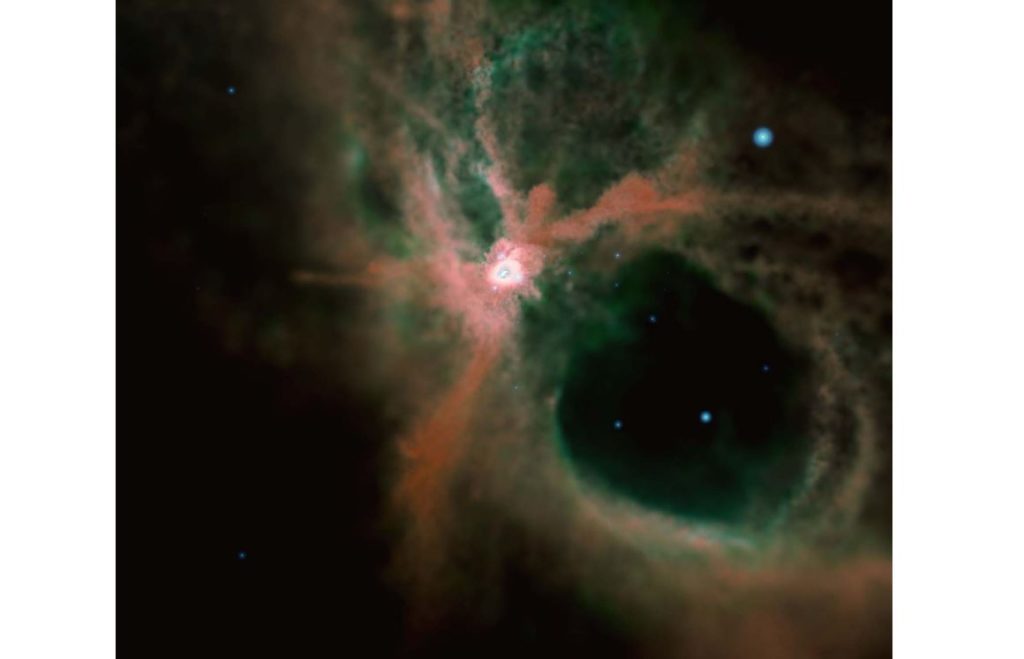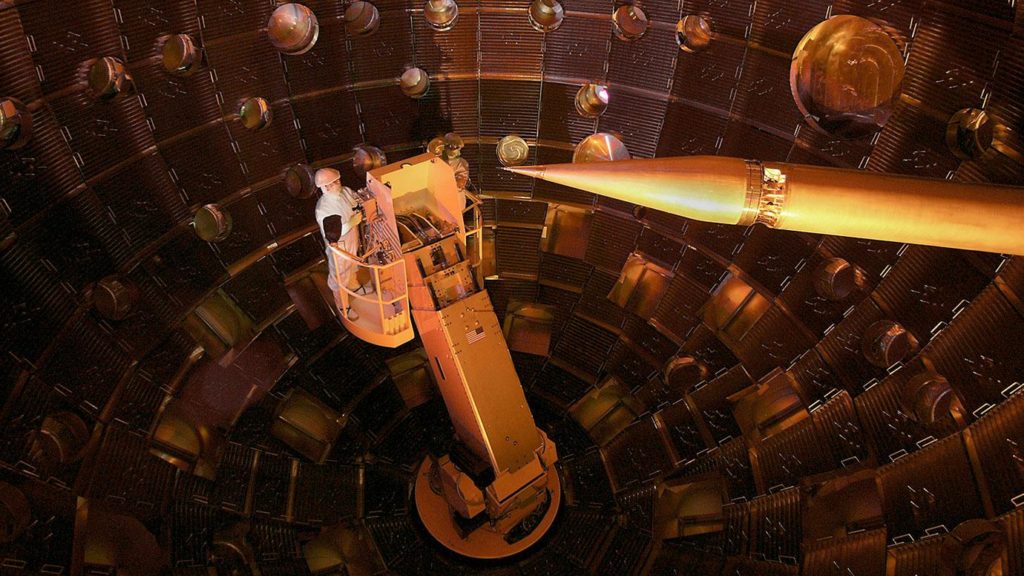
Enceladus, the sixth largest of Saturn’s moons, is known for spraying out tiny icy silica particles — so many of them that the particles are a key component of the second outermost ring around Saturn. Scientists have not known how that happens or how long the process takes. A study now shows that tidal heating in Enceladus’ core creates currents that transport the silica, which is likely released by deep-sea hydrothermal vents, over the course of just a few months.
Although it is relatively small, Enceladus — the sixth largest of Saturn’s 83 moons — has been considered by astronomers to be one of the more compelling bodies in our solar system.
Enceladus stands apart from other celestial bodies because of both its appearance and its behavior...
Read More









Recent Comments